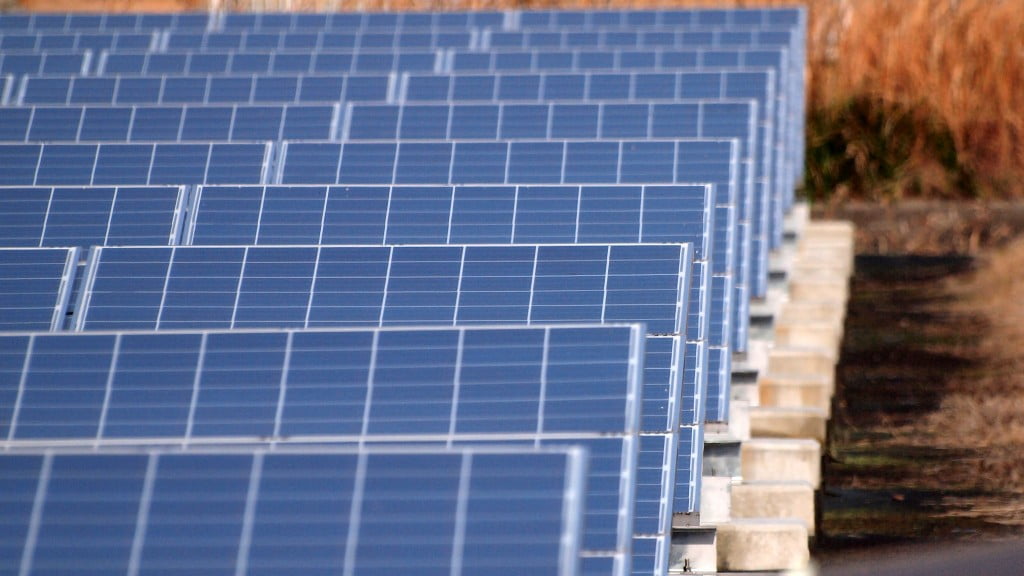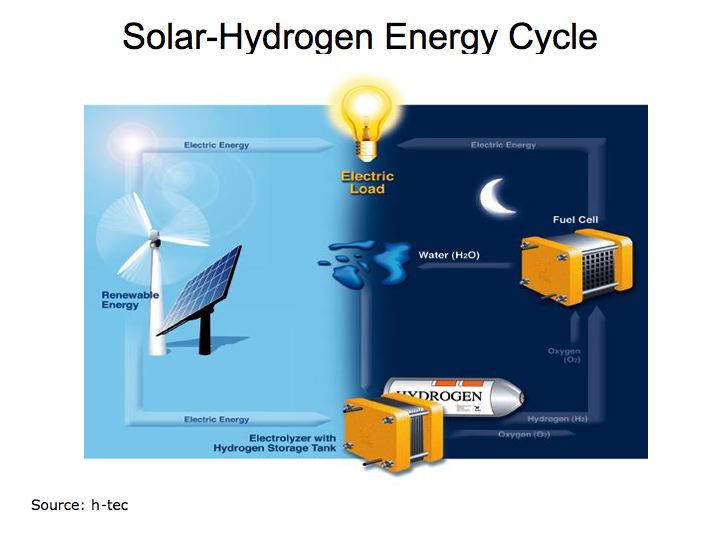Hydrogen is a zero-emissions fuel that is already powering cars, spacecraft and electric devices. However, pure hydrogen does not occur naturally on Earth in large quantities. In the past, the element was extracted from methane, but this process results in greenhouse gas emissions, leading scientists to explore alternative methods.
SEE ALSO: By 3D-Printing Solar Panels, Israeli Startup Utilight Significantly Cuts Renewable Energy Cost
Now, Israeli researchers are making progress towards this endeavor, using a method by which solar-generated electricity is run through water to separate the hydrogen and oxygen atoms. Their new light-trapping technique, which uses ultra-thin solar cells, has achieved a 30 percent increase in energy generation used to produce hydrogen-based fuel, which is considered a major breakthrough in the field of solar energy.
It’s important to note that the research team did not use traditional solar panels, like the ones that carpet the deserts of Arizona. Here, researchers used solar cells made out of hematite, a kind of iron ore that looks like rust.
How efficient really are solar panels?
Solar cells, despite their label as a sustainable source of energy, are not actually that efficient when it comes to converting sunlight into storable and transferable energy. Theoretically, they should be able to absorb and store up to 86 percent of the energy from the sunlight, but engineering challenges and dust typically decrease their performance.
To make solar panels more efficient, researchers and companies have developed cells that are composed of multiple layers of light-absorbing, semiconductor materials; yet, these advances are not without expense, as each additional layer increases the cost of manufacturing. Thus, the challenge for solar cell companies has been to develop the most cost-effective (and often thinnest) solar cell, with the maximum efficiency.
The light at the end of the panel
Sign up for our free weekly newsletter
SubscribeIsraeli researchers Prof. Avner Rothschild of the Technion – Israel Institute of Technology and Dr. Avi Niv from Ben-Gurion University shed light on this problem when they revealed that an ultra-thin solar cell made out of hematite was both more energy efficient and cost-effective than standard models.
Their findings, recently published in one of the scientific journals of the Royal Society of Chemistry, detail a method in which the confinement and absorption sites within the cell are separated. The light is first trapped in a thick layer, and then fed into an ultra-thin, yet absorbent hematite layer.
SEE ALSO: Turning Trash Into Energy: HomeBiogas Generates Fuel From Organic Waste
By attaching a light scattering sheet (called a Lambertian reflector) to the backside of the cell, the captured light is diffused widely into the hematite layer, resulting in a 30 percent increase in comparison to the same cell with a flat mirror, which would only reflect the light in two directions.
Their proposed method is not only cost-effective because Lambertian reflectors are already commercially available, but it is also non-material-specific and thus could be applied to other types of solar cells, including the old-fashioned ones on your roof.
As for solar-powered hydrogen generation, the researchers have presented a sustainable method for industrial-scale hydrogen production that could soon find its way into the next generation of hybrid vehicles.

Will A $20M Solar Fields Rekindle Israel’s Alternative Energy Market? Courtesy of Rensselaer Polytechnic Institute
Photos: Conifer; Green Econometrics; Rensselaer Polytechnic Institute
Related posts

Resilient And Nutritious New Plant-Based Milk Aims To Make A Splash

Chocolate From Cultivated Cocoa Comes Without Environmental Toll

Plastic Fantastic: Startup Takes PVC Back To Its Crude Oil Roots






Facebook comments